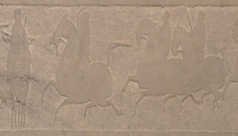Weapon Wednesday
Monthly Archive: December Weap
Weapon Wednesday: Bagh Nakh--making humans into tigers
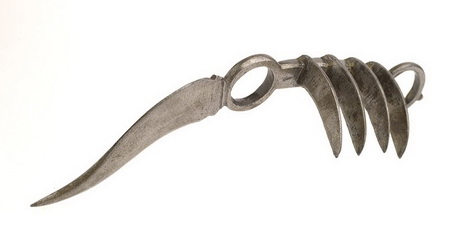
The blades, like the tiger claws they are named for, are made to slash though an opponent and, in modern history, is most often associated with the Hindu Marati warrior Shivaji. Written by Aruna Panday
Weapon Wednesday: Chakram from India
Written by Aruna Panday, Ph.D Candidate in the Department of Anthropology at York University, Friends of South Asia co-Chair, and Summer 2014 ROM curatorial intern.
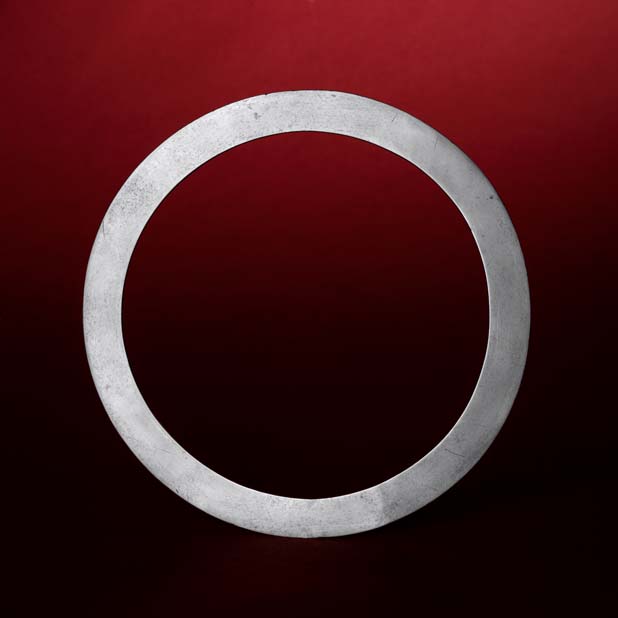
Chakram or battle-quoit, made of wrought steel, India, 19th century, ROM 910.42.52
Weapon Wednesday: Swords from the Philippines
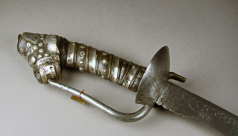
The ROM's collecton of swords from the Phillipines is outlined in the context of the history and geography of the archipelago.
Weapon Wednesday: Preparing for ROM Revealed
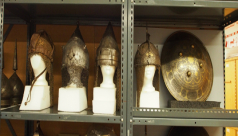
For ROM Revealed, part of our 100-year celebrations, we undertook a major re-organisation in some Collections and Research departments. Here we can see the improvements made in the storage of Asian Arms & Armour in anticipation of this momentous occasion.
Weapon Wednesday: The Indian Katar, a Necessary Dress Accessory
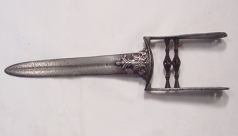
In South Asia during the 16th to early 20th centuries all fashionable young men when visiting their ladies would want to dress at their best. This would include one very necessary dress acessory: the katar. This uniquely South Asian dagger is thought to have developed in the very southern part of what is now India. In the 17th century the type was adopted across South Asia, and became a standard dress accessory in the Mughal courts.
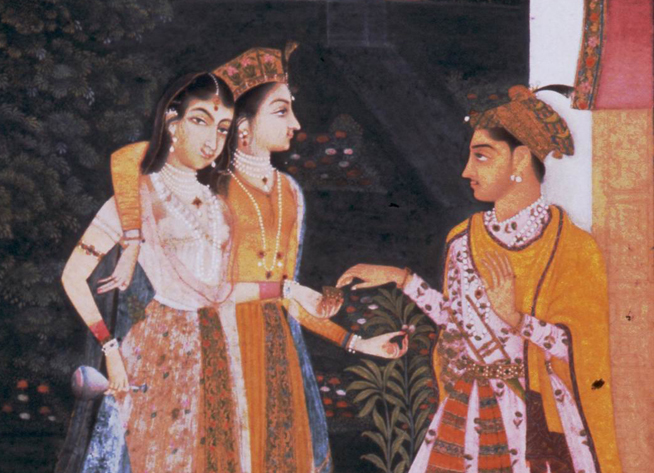
Weapon Wednesday: The Long History of an Irish Bronze Age Sword
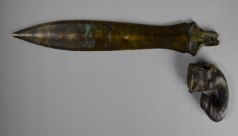
The story of a sword made in Bronze Age Ireland.
Weapon Wednesday: Two daggers from Luristan, Iran
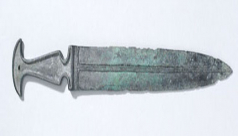
In museum circles the region of Luristan in the Zagros Mountains has a long association with the antiquities looted from tombs there in the 1920's and 30's. These objects seem to be primarily from the Early Iron Age (circa 1000 BC - 750 BC), and comprise an array of distinctive objects that include horse bridles and other equipment; fittings possibly associated with chariots; and an array of weapons, primarily of bronze.
Weapon Wednesday: The Burmese Dha
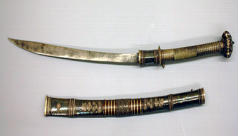
Across South East and South Asia the traditional weapons often bear close affinities to the tools of the region...
Weapon Wednesday: Frankish "Seax" swords
In the 3rd century of the current era the term "Frank" was used by Romans and others to describe a group of Germanic tribes living in the Rhine valley. In the 4th century Franks settled within territory ruled by the Romans and were a recognised kingdom. After the fall of the Western Roman Empire the Frankish kingdom under their Merovingian kings spread over all of France (which to this day is named after this confederation of Germans).
- 1
- 2

